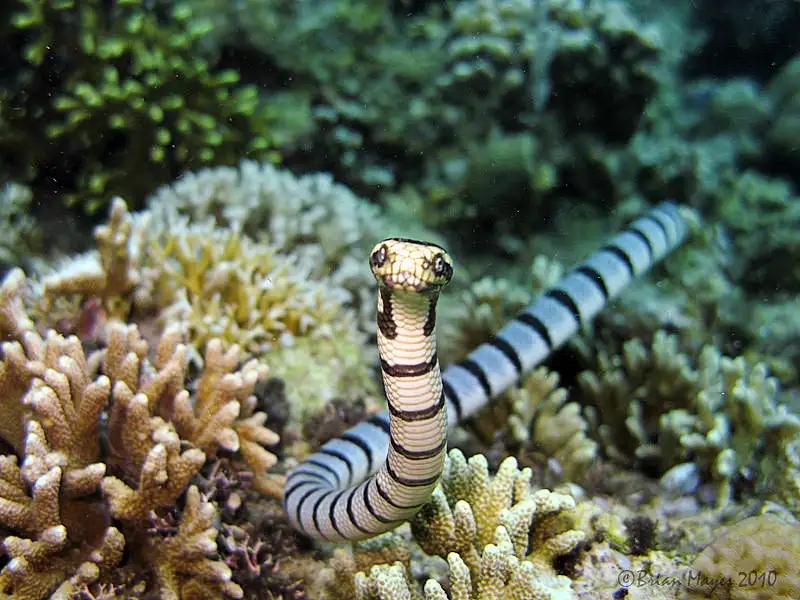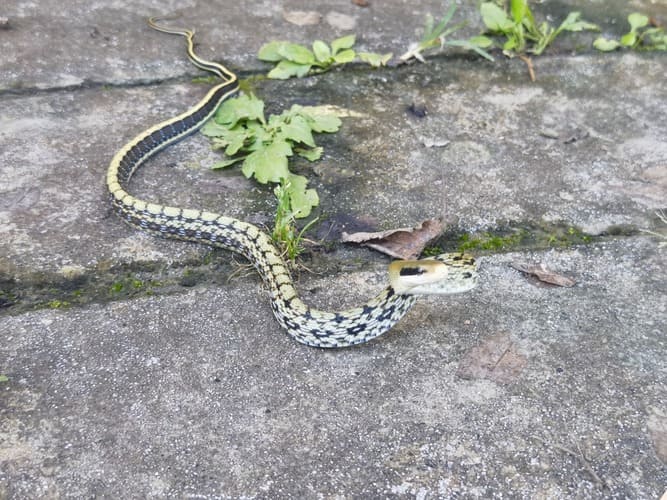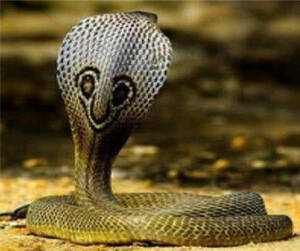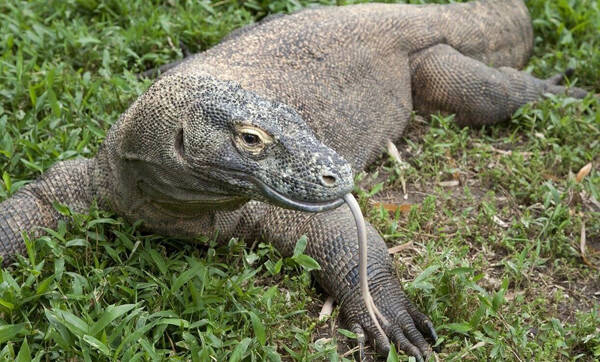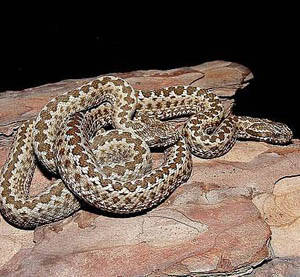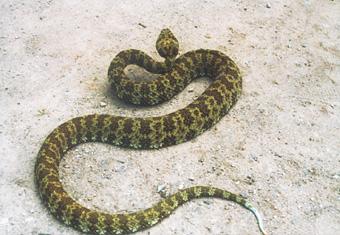Python bivittatus
IUCN
LCBasic Information
Scientific classification
- name:Python bivittatus
- Scientific Name:Python bivittatus,Python, King snake, Anaconda, Southern snake, Burmese snake, King snake, Lyre snake, Burmese python, Plum snake
- Outline:Squamata
- Family:Pythonidae Python
Vital signs
- length:3-5m
- Weight:About 50kg
- lifetime:30-40years
Feature
Likes heat and fears cold, is good at climbing, and can live in water for a long time
Distribution and Habitat
Distributed in Bangladesh, Cambodia, China (Fujian, Guangdong, Guangxi, Hainan, Sichuan, Hong Kong, Yunnan, Tibet Autonomous Region), Indonesia (Bali, Java, Sulawesi), Laos, Myanmar, Nepal, Thailand, Vietnam.
Introduced areas: Singapore, United States (Florida).
Lives in tropical and subtropical low mountain jungles, requires evergreen broad-leaved forests or evergreen broad-leaved vines and bushes, and good caves for rest and concealment. The vertical habitat height is 10-4050 meters above sea level.
Appearance
The body length is usually 3-5 meters. There is a dark brown spear-shaped spot on the back of the head and neck, and a black vertical spot on the side of the head starting from the nostril, passing through the scales in front of the eyes and slanting towards the corner of the mouth. There is also a black line under the eyes slanting backwards towards the lip edge, and the scales on the lower lip have slight black-brown spots. The ventral side of the head is yellow-white, the back of the body is brown, gray-brown or yellow, and there are large black-edged clouded leopard-like spots on the back and sides of the body. The belly of the body is yellow-white.
The head is small, the tip of the snout is relatively flat, the snout scales are wider than they are high, visible from the back, the nostrils are located on both sides of the nasal scales, the length of the internasal scales is less than 1.5 times the width; behind them is a pair of larger frontal scales; the frontal scales are pair
Details
Python bivittatus is a large reptile of the family Python and genus Python.
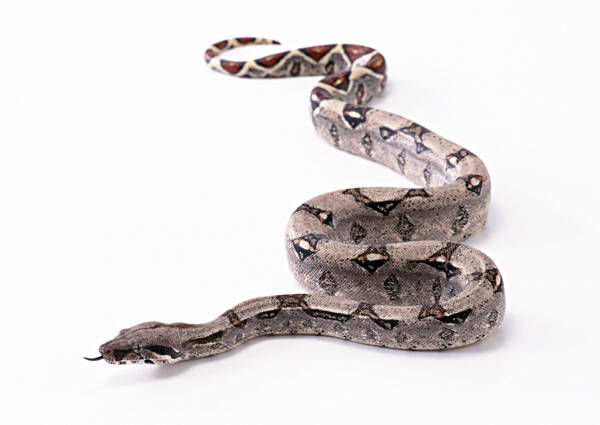
Pythons are good at climbing, can live in water for a long time, are sleepy, nocturnal, and omnivorous. This species likes heat and is afraid of cold. It is generally active at 25℃; very active at 30℃ or above; inactive or less active at 20℃; it begins to become numb at 15℃; the python dies when the temperature continues to be below 5-6℃. When the room temperature rises to above 35℃, it does not like to move; it will also die if exposed to strong sunlight for too long. The feeding temperature must be above 25℃.
The activity of pythons varies with the season. They are generally inactive in winter. When the temperature rises above 25℃, they only appear briefly after noon. In spring and autumn, they are active after sunrise and less active at night. In hot weather, they are more active at night to feed, and often hide in the shade to rest in the afternoon. They become active after the high fever. They are less active on rainy days, and hide in caves when strong winds blow. They have the habit of hibernating in groups, and the hibernation period is about 4 months, and about 5 months in cold areas. Hibernation mostly uses natural caves, dens and rock caves.
When hunting, they often crawl slowly to approach prey, quickly bite and wrap their bodies to kill, and flatten into long strips, and then secrete saliva to lubricate the food for swallowing. They can eat goats, deer, muntjacs, pigs and other animals weighing 10-15 kg, and often eat rodents, birds, reptiles and amphibians. Pythons have a large appetite and can swallow animals that are equal to or heavier than their body weight at a time. This species has strong digestive power and can digest everything except the hair of prey, but can go without food for several months after being full.
When pythons catch prey, no matter how big or small it is, they swallow it without chewing. This way of swallowing pythons is mainly due to the special structure of their lower jaws. The mandible is composed of two independent parts, which can move alternately. In order to eat better, the python opens its mouth wide while raising its front body, bites the prey, and then closes the upper and lower jaws, allowing each upper and lower jaw to move alternately. If other animals attack at this time, it will immediately spit out the food it has swallowed and flee.
It takes 2-3 years for the sexual organs of pythons to basically mature, and their reproductive age is generally over 2.5 years old. A male python can mate with several female pythons in succession. Mature characteristics are: male pythons have a slender body, a thin and pointed tail, long hooks on both sides of the genital opening, which are obviously exposed, and the genital opening can be seen when both sides are pressed. Female pythons have fat bodies, slightly plump tails, short hooks on both sides of the genital opening, which are not obviously exposed, and the genital opening cannot be seen when both sides are pressed.
The mating period of pythons is generally from March to August. When the python is in heat, the female python secretes its characteristic smell from the glands at the base of the skin and tail to lure the male python. The male python will follow the smell to find the female python. After meeting, they will mate. The mating process lasts for 1-3 hours. After mating, the female python begins to fertilize and gestates eggs for about 121-140 days. During this period, it does not eat.
Pythons are a species widely distributed in Southeast Asia, but there are signs of population decline in all distribution areas. The species has been listed as critically endangered in two major areas of its range, with a decline of more than 80% in two local areas over the 10-year period from 2002-2012, a high decline rate. Between 2002 and 2012, the python population is conservatively estimated to have declined by at least 30% worldwide due to overexploitation for a variety of purposes, a rate that is likely close to or greater than the 50% decline rate during the 1992-2002 period. The species' rapid decline has not stopped due to habitat loss. It is therefore listed as vulnerable.
The main reasons for the decline in python populations are harvesting for skins, traditional medicines and the pet trade, as well as habitat degradation. Pythons are relatively rare in Vietnam, Cambodia, Laos and Vietnam (Q.T. Nguyen & T. Neang pers. 2011.8). The Vietnam Red Endangered Animal Data estimates that the species has declined by more than 80% in the country over the past 10 years.
Pythons are rare in mainland China due to heavy hunting. This species, once hunted for food and skin, has declined by about 90% in China from 2002 to 2012 (Wang Xie. 2009), although it remains a protected species in Hong Kong. No data on this species can be found anywhere in Indonesia (M. Auliya pers. 2011.9), but it is also very rare in Indonesia and difficult to find even by wildlife traders (M. Auliya & M. D. Iskandar pers. 2011.9). In Thailand, pythons are well protected (T. Chan-ard pers. comm. 2011.9), but habitat loss is less severe as heavy exploitation has decreased there.
Listed in the 2012 Red List of Endangered Species of the World Conservation Union (IUCN) ver 3.1-Vulnerable (VU).
On February 5, 2021, the python was adjusted from the first-class national protected wild animal to the second-class national protected wild animal.
Listed in the second class of the "List of National Key Protected Wildlife in China".
Protect wild animals and eliminate game.
Maintaining ecological balance is everyone's responsibility!

